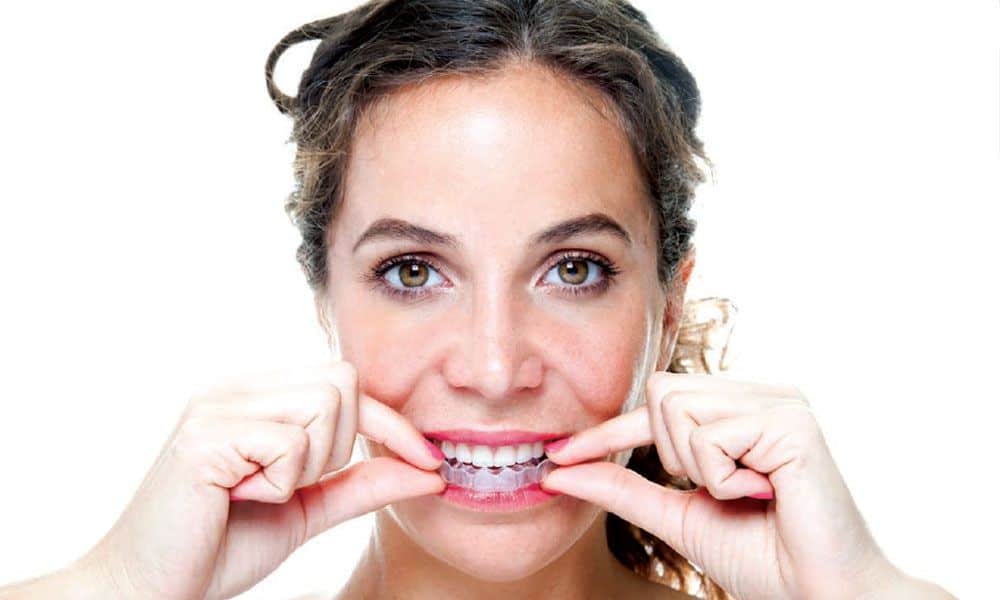WHY AAO RECOMMENDS AN EXAMINATION BY AGE 7
By: John Byrd — ELAN Magazine
Parents who care about their children’s dental health should become acquainted with the role of orthodontists early in their child-rearing years. both the American Association of Orthodontists (AAO) and the Academy of Pediatric Dentistry (AAPD), in fact, recommend that children have an orthodontic evaluation no later than age 7.
While relatively few patients may actually need to begin treatment that young, it’s important to establish a bench mark for future evaluations.
For those patients who will benefit from an early intervention, treatment may largely consist of guiding the growth of jaws so that permanent teeth are in the appropriate positions as they emerge. Failure to pay attention to this early age assessment, on the other hand, can have real consequences that may not be recognized until the needed improvements are much harder to effectuate.
“We consider the AAPD and AAO guidelines to be a prudent and useful early evaluation,” says Dr Shohreh Sharif, who founded Greater Washington Dentistry (GWD), and is a diplomate of both the American Board of Pediatric dentistry and the American Orthodontic Society. “If there are any potential obstructions to the development of healthy teeth and smile, it is essential to recognize the problems early,” she says.
Dr. Sharif and her colleagues (who operate out of two addresses in Northern Virginia) have been providing orthodontic services since the late 1990s.
“Our doctors have spent years studying how teeth move,” she adds. “As a practice, we are uniquely qualified to identify and select the tools that will best address a patient’s specific needs. A corrective remedy may include metal braces, or any number of other appliances designed to move teeth. Appliances can be fixed or removable, and are usually offered in invisible (or clear) options. Above all, orthodontists are craftsmen who employ a variety of tools to achieve a cosmetic or structural improvement.”
As an educator (an assistant professor at Howard University), Dr. Sharif teaches growth and development as well as early orthodontic treatment methods to pediatric dentistry residents.
“Our orthodontic and pediatric practices really reflect the cutting-edge methods our doctors are exposed to in on-going teaching and educational forums,” Dr. Sharif explains. “We’re particularly well-versed in orthodontics for children – with an emphasis on early prevention.”
Greater Washington Dentistry also offers a comprehensive orthodontic treatment that combines tooth straightening with physical and facial adjustments. The goal is to address potential dental problems early and to avoid the need for more invasive procedures later in life.
As a rule, GWD offers many types of braces:
Traditional metal braces are the most common and are more comfortable today than in the past. Made of high-grade stainless steel, metal braces straighten teeth using metal brackets and archwires. With metal braces, the patient has the option of adding colored elastics (rubber bands) for a more unique smile.
Self-ligating braces are made from the same materials as traditional braces. however, self-ligating braces, do not require elastics, resulting in less friction on teeth and fewer in-office appointments. The braces come with traditional metal, ceramic or clear brackets. They’re the same size as metal braces, but employ a specialized clip in lieu of elastics to help the archwire guide teeth into place. The clip reduces the amount of pressure being placed on the tooth and requires fewer adjustments since there are no elastics to replace.
Ceramic braces are made of clear materials and are less visible than the metal variant. For this reason ceramic braces are mainly used on older teenagers and adults self-conscious about cosmetic issues. While visually less prominent than other options, ceramic braces are larger and are more brittle than their metal counterparts and require more attention to oral hygiene. For these reasons, ceramic braces tend to be primarily used on upper front teeth.
Clear aligners are invisible, removable, and comfortable acrylic trays applied in a series to straighten teeth much like braces. Aligners are invisible and removable, so a patient can eat and drink at their own discretion while in treatment; brushing and flossing are also less cumbersome. Aligners are comfortable and have none of the metal that can result in mouth abrasions.

